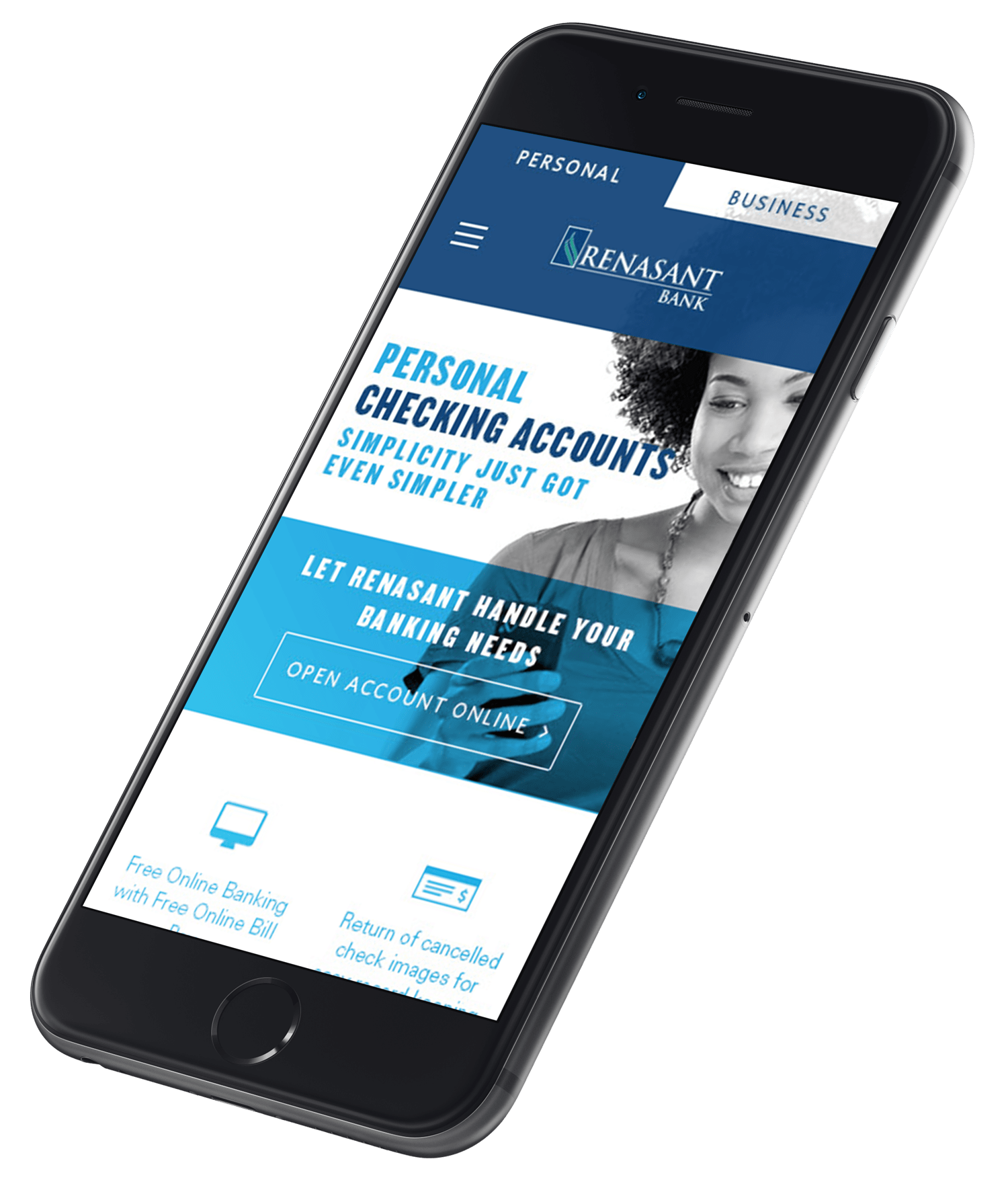Every day, you find yourself in line with IT, retail, digital, and customer service staffers, all looking for cash to get bigger, get better, and take their team to the next level. When it comes to getting stakeholder buy-in, life becomes a bit like “Shark Tank.” You’ll get a shot, but it better be good.
There’s no question that your bank’s leadership team wants results—and they have limited resources to divvy up amongst those they expect results from.
As a bank marketer, you approach the podium with two distinct advantages over the rest of your colleagues. First, everything your customers see and hear about your bank comes as a result of your work. And, as a marketing professional, you already know how to sell.
Even still, you may have one particular stakeholder who doesn’t see the value in marketing as an overall discipline, or another who just seems to enjoy saying “no.” Before your next pitch falls on deaf ears, take a look at these tips to help highlight the power of marketing and its correlation to your bank’s success.

1. Build relationships.
Professional relationships can go a long way in helping sway buy-in. You don’t want your stakeholders to see you as just the person who always asks for things. By zeroing in on one or two stakeholders who truly “get” marketing and its value, you’ll be able to move them from decision makers to advocates.

2. Be passionate.
Most people—including leaders—get excited when they see other people get excited. Your passion for marketing will generate interest all on its own, if only to give those listening an opportunity to hear the answer to “Why?” When that happens, the ball’s in your court—it’s your chance to show others exactly what makes your proposal such a good investment.
3. Begin with the end in mind.
Sure, this one’s stolen straight from Stephen Covey’s list of highly effective habits, but it’s true. Everything we do as marketers centers around our customers and our bottom line (and not always in that order). If you start by showing how the marketing investment you’re asking for will pay off, you’ll have the chance to fill in the blanks later in your pitch.

4. Back up your proposal with data.
Stakeholders will always have questions, but if you come in having already researched the market and possessing a good handle on what your customers told you they want, you’ll be able to propose solutions that stand on the merits of good, solid information.

5. Be flexible.
You know what works, we know what works, but not everyone shares our perspective as far as the importance of marketing. So be prepared to answer questions, address concerns, and even play devil’s advocate. It’s all part of the feeling-out process.





